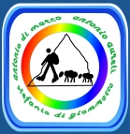
|
||||
|
Life in a family of shepherds was conditioned by transhumance: every year the men were away many months to bring the flocks to the winter plains or to the summer mountain pastures, women had to look after the house and to manufacture the objects for everyday life, such as dresses and covers, or to spin the wool or the flax, to be loomed in the domestic loom and thus to create cloths which were then cut and sewed in dresses or exchanged or sold to the market. The majority of the objects of everyday life were not purchased, but homemade, thanks to techniques and cultures transferred from father to son or from mother to daughter, often with original patterns and styles different from town to town as for instance in the 70 villages of Amatrice’s territory. Documents were collected in this page thanks to the collaboration of:
|
||||
The “Filarello” was preserved in the Museum of Shepherds and Charcoal Burners in the village of San Martino of Amatrice, a spinning wheel used for twisting wool in a spun yarn. |
|
|||
|
|
Wool cloth weaved at home in the late ‘800 century, was in the Museum
of Shepherds and Charcoal Burners of San Martino. |
||
On the left the ancient original home-used loom of Laga Mountains, nowadays still in use in the hand weaving laboratory of Assunta Perilli in Campostosto. |
||||
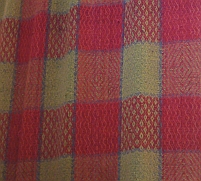 |
Wool
textile of the traditional bride dress of Laga Mountains, historical re-elaboration
of Assunta Perilli . |
|||
|
Wool
hanks and traditional textiles hand weaved and coloured with natural colours.
Historical re-elaboration of Assunta Perilli. |
|||
On the right dress of the late ‘800 century in wool and linen, hand weaved and home sewed, it was in the Museum of Shepherds and Charcoal Burners of San Martino. |
||||
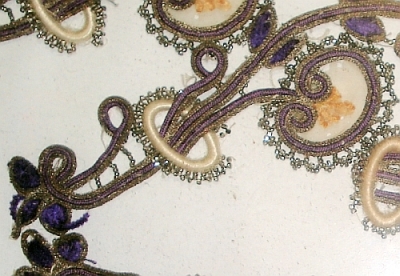 |
Detail
of embroidery for a traditional bride dress, of the early ‘900 century,
it was in the Museum of Shepherds and Charcoal Burners of San Martino. |
|||
The
historical revival during the parade of “The Travel of Transhumance” |
||||
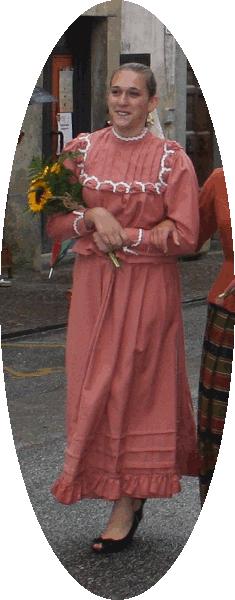 |
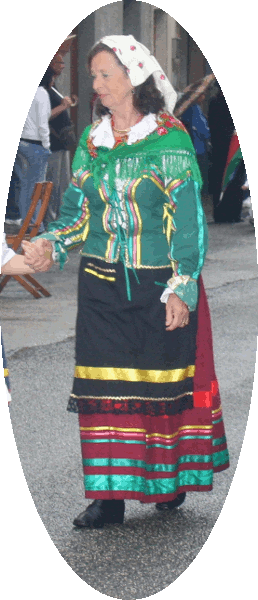 |
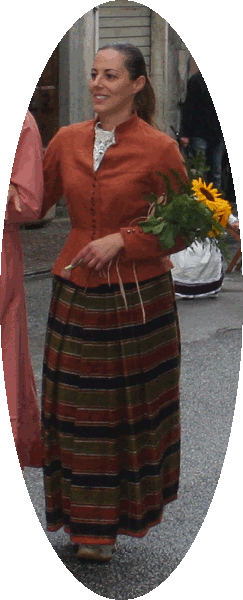 |
||
Traditional
bride dress of early ‘900 century of the village of Sommati (Amatrice),
re-produced from an original that was in the Museum of Shepherds and Charcoal
Burners of San Martino. |
Traditional
dress with ribbons of the village of Castel Trione (Amatrice), re-produced. |
Lounge
suit in wool of Amatrice late ‘800 – early ‘900 century,
re-produced. |
||
|
||||
|
||||